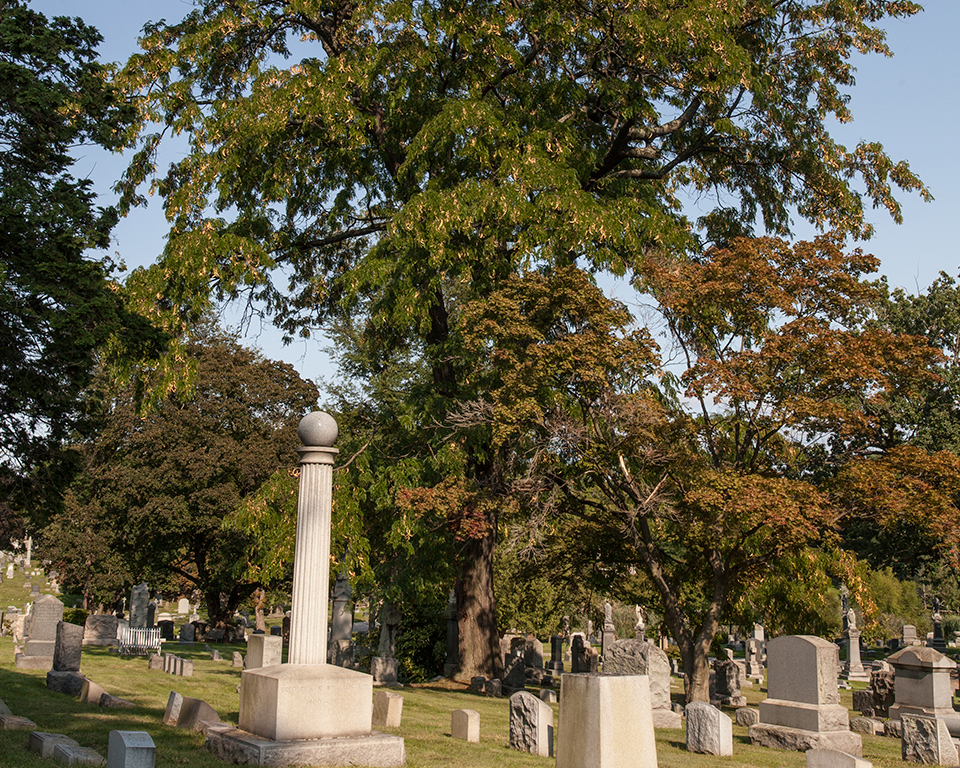GLEDITSIA TRIACANTHOS INERMIS – HONEYLOCUST, THORNLESS

The tree has no particular soil preferences and is useful in dry or alkaline areas, although its native habitat is along stream banks. Although a legume, nitrogen-fixing bacteria (rhizobia) have not been associated with the root system. It tolerates high soil salt concentrations originating from de-icing salt applications better than many other plants. It tolerates compacted, poorly aerated soil and flooding for a period of time once it is well established and does well in confined soil spaces. However, if soils are too wet during the establishment period then trunks can rot at the base leading to decline and death of the tree.
Honeylocust adapts well as a city street tree and is tolerant to small planting pits in concrete. It is susceptible to breakage in ice storms. Unfortunately, it has been over-planted in some areas and insect problems are beginning to catch up with Honeylocust, including the cultivars. Trees cast light shade under the canopy making it easier to grow turf under the tree than under other trees with a denser canopy. Plants serve as a host for butterfly caterpillars/larvae.
The species and cultivars grow fine in zones 8 and 9 in the western US, not in the southeast US. The tree has grown poorly in the hottest regions of the southeast (east of the Appalachian mountains) unless supplied with supplemental irrigation or planted on a moist site. Trees tried in the deep south might have been from northern races which could account for their poor growth – perhaps we should make an effort to try the southern races for the southern landscapes. On the other hand, the trees may simply not be adapted to this area – make note that Honeylocust is not native east of the Appalachian Mountains.
Thyronectria canker infection can be minimized by maintaining a layer of mulch or groundcover beneath the canopy. Bare soil under the canopy increases soil temperature in summer and allows for greater temperature fluctuations in winter leading to increased stress on the tree. This makes trees more susceptible to canker infection according to the latest research. Wood is considered ring porous.

